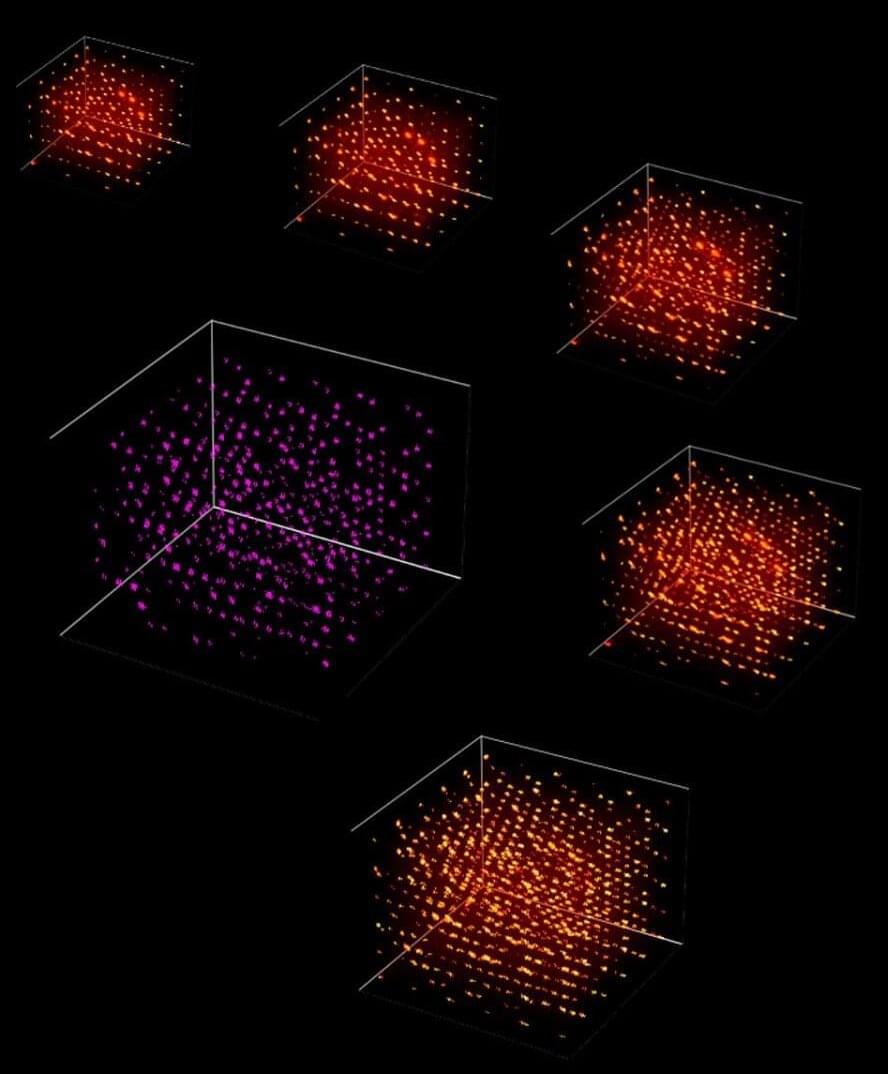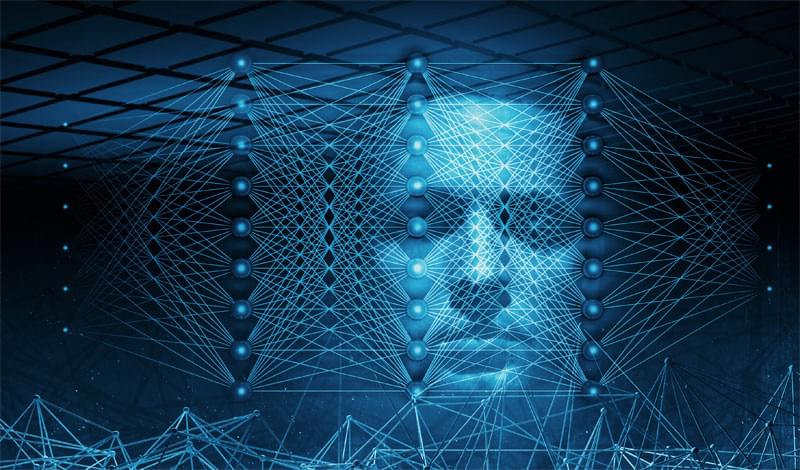Alan Turing first proposed a test for machine intelligence in 1950, but now researchers at Google and their partners have created a suite of 204 tests to replace it, covering subjects such as mathematics, linguistics and chess.



“Quite a large gap exists between the current narrative of AI and what it can actually do,” says Giada Pistilli, an ethicist at Hugging Face, a startup focused on language models. “This narrative provokes fear, amazement, and excitement simultaneously, but it is mainly based on lies to sell products and take advantage of the hype.”
The consequence of speculation about sentient AI, she says, is an increased willingness to make claims based on subjective impression instead of scientific rigor and proof. It distracts from “countless ethical and social justice questions” that AI systems pose. While every researcher has the freedom to research what they want, she says, “I just fear that focusing on this subject makes us forget what is happening while looking at the moon.”
What Lemoire experienced is an example of what author and futurist David Brin has called the “robot empathy crisis.” At an AI conference in San Francisco in 2017, Brin predicted that in three to five years, people would claim AI systems were sentient and insist that they had rights. Back then, he thought those appeals would come from a virtual agent that took the appearance of a woman or child to maximize human empathic response, not “some guy at Google,” he says.
Arguments over whether Google’s large language model has a soul distract from the real-world problems that plague artificial intelligence.


Electrons and their behavior pose fascinating questions for quantum physicists, and recent innovations in sources, instruments and facilities allow researchers to potentially access even more of the information encoded in quantum materials.
However, these research innovations are producing unprecedented—and until now, indecipherable—volumes of data.
“The information content in a piece of material can quickly exceed the total information content in the Library of Congress, which is about 20 terabytes,” said Eun-Ah Kim, professor of physics in the College of Arts and Sciences, who is at the forefront of both quantum materials research and harnessing the power of machine learning to analyze data from quantum material experiments.

Charging technology provider EV Safe Charge has unveiled ZiGGY – a mobile robot that can charge an EV wherever it’s parked. Through its ability to recharge itself via different energy sources and its summoning feature, ZiGGY can alleviate the need to install specific parking stalls for EV charging, as any spot can now become a spot to recharge.
EV Safe Charge currently provides end-to-end charging solutions, particularly as it pertains to mobile charging. The company created a mobile rental charging solution for the launch of Jaguar’s I-PACE EV and works with several other OEMs like Audi, Mercedes-Benz, Nissan, Porsche, and Stellantis.
Previously, EV Safe Charge has helped find its clients ideal charging solutions based on their needs, recommending charging technology from a multitude of partners including ABB, Enel X, evconnect, and Bosch.

Imagine a more sustainable future, where cellphones, smartwatches, and other wearable devices don’t have to be shelved or discarded for a newer model. Instead, they could be upgraded with the latest sensors and processors that would snap onto a device’s internal chip—like LEGO bricks incorporated into an existing build. Such reconfigurable chipware could keep devices up to date while reducing our electronic waste.
Now MIT engineers have taken a step toward that modular vision with a LEGO-like design for a stackable, reconfigurable artificial intelligence chip.
The design comprises alternating layers of sensing and processing elements, along with light-emitting diodes (LED) that allow for the chip’s layers to communicate optically. Other modular chip designs employ conventional wiring to relay signals between layers. Such intricate connections are difficult if not impossible to sever and rewire, making such stackable designs not reconfigurable.
Shield AI, an artificial intelligence company focusing on drones and other autonomous aircraft, is on a mission to build “the world’s best AI pilot.” To that end, the San Diego startup has raised $90 million in equity and $75 million in debt as part of a Series E fundraising round. The funding values Shield AI at $2.3 billion.
Hivemind employs state-of-the-art algorithms for planning, mapping, and state-estimation to enable drones to execute dynamic flight maneuvers. On aircraft, Hivemind enables full autonomy and is designed to run fully on the edge, disconnected from the cloud, in high-threat GPS and communication-degraded environments.


One such competitor, LaMDA, is the work of Google’s AI division. Built on Transformer – the company’s open-source neural network architecture – it can produce non-generic, open-ended dialogue after training on 1.56 trillion words of multi-content, public data and web text. By contrast, a typical chatbot is dependent on topic-specific datasets and has a limited conversation flow. LaMDA has 137 billion parameters, which can be thought of as the individual “synapses” combining to form the AI.
The sheer scale and complexity of models like LaMDA is leading some experts to ask profound questions about the nature of AI. In February, the Chief Scientist and Co-Founder of OpenAI, one of the leading research labs for artificial intelligence, claimed that the latest generation of neural networks are now large enough to be “slightly conscious”.
This month, another expert in machine learning has spoken out. Blake Lemoine, Senior Software Engineer at Google, believes that a form of self-awareness might be starting to emerge from the billions of connected parameters.